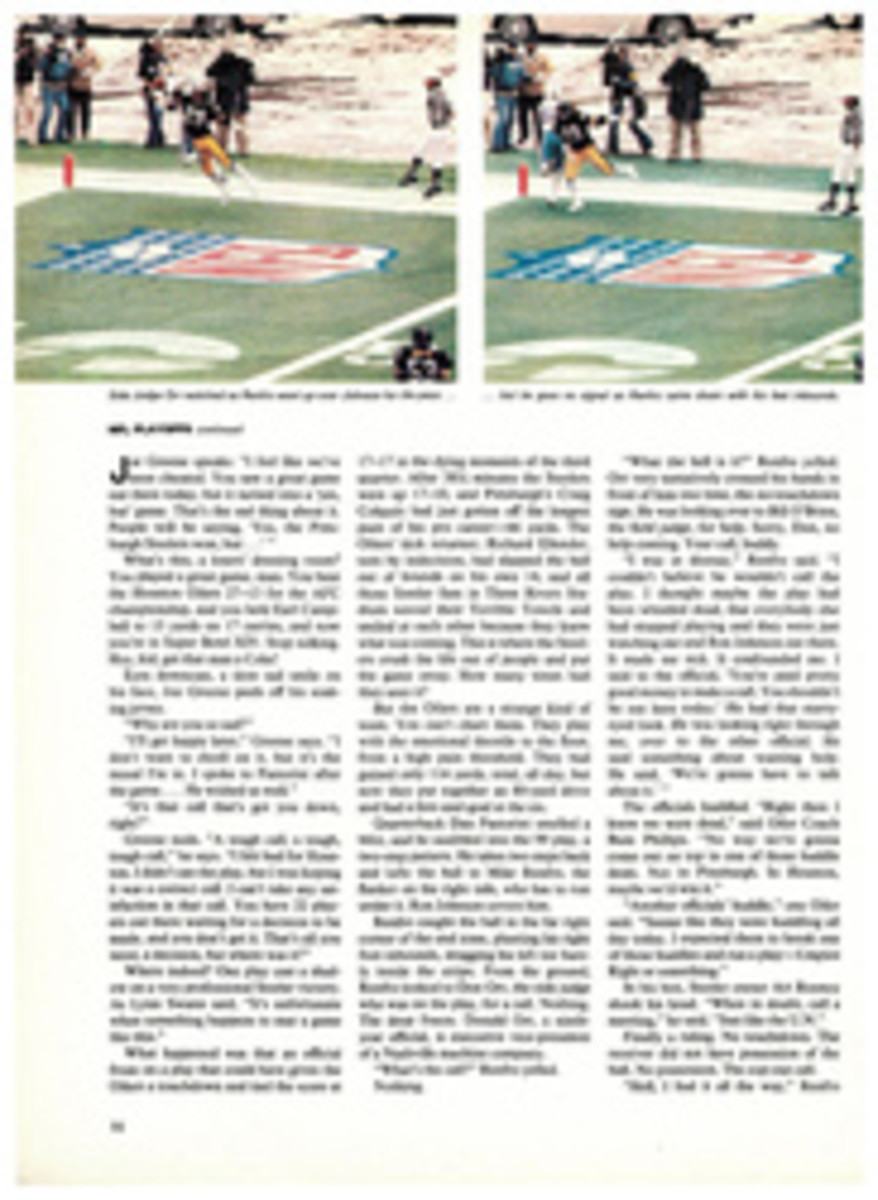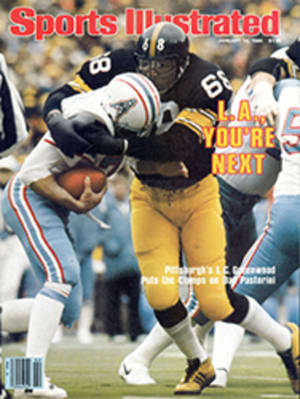
LETTER FROM THE PUBLISHER
The first week in January is usually our biggest for football coverage, especially for football photography—for the pictures in this week's issue, no fewer than 26 SI photographers and assistants converged on four college bowls and two pro playoff games. To be sure, they brought sophisticated equipment and expert technique to the task, but serious amateur photographers should not be overawed. Football is by no means an impossibly difficult game to shoot. With this in mind, we offer the following tips if you'd like to snap the action at a local high school or college game next season:
Practice makes perfect. Before venturing to the football field, take a 35 mm camera and telephoto lens to the nearest skating rink. Without film in the camera, practice "following focus" on a moving skater. It's good training for shooting any action sport.
Limit your equipment. The most important item is a telephoto lens. A 300 mm, the longest most people care to carry, will do fine. If you can handle a 500 or 600 mm, it's good for long shots downfield or pictures taken from the stands. On those occasions, a pistol grip with a cable release will steady your grasp. An 85 or 200 mm lens will work well for shots from a sideline or end-zone position. In any case, you can focus faster with internal-focusing, as opposed to barrel, lenses.
If you're shooting from the stands, one camera is enough. If you're on the sidelines, hang an additional camera with a 35 mm wide-angle lens around your neck, to use when the play is coming at you—the shot at left of Bill Waddy scoring the winning touchdown, in the Rams' playoff win over Dallas, is the sort of out-of-focus picture that results when the action is suddenly on top of you and you don't have an extra camera or time to change lenses. Pre-focus this camera for about 15 feet and when the action gets that close, grab it and click. You may not have time to look through the finder, but with practice you won't need to.
Get as close to the action as you can. The closer to the field you are, the better chance you have of catching the players' facial expressions and a feeling of motion. If you must shoot from the stands, get a seat at a low level, but not one so low that field-level spectators, coaches, players, officials—and photographers—obstruct your view.
Anticipate the play. This is the key to good football photography. In a short-yardage situation, for instance, move slightly ahead of the line of scrimmage in anticipation of a plunge. If it's a passing situation and you want to shoot the quarterback, move behind the line. If you're concentrating on the receiver on a probable short pass, stand right on the line because the receiver will usually turn back to catch the pass. To get him on a long pass, move well downfield. And when a team gets within scoring range, if you can manage it, shift from the sidelines to a spot behind the end zone.
Look for the unusual shot. The man with the ball doesn't always make the best subject. Some other possibilities: spectators, cheerleaders, frustrated coaches, injured players, one-on-one battles between linemen. Placekicks can make wonderfully dramatic pictures if you shoot the rush from the opposing end zone. Remember, football is not just a game; it's a pageant.
Finally, be prepared to work longer than the players. There are about 15 minutes of action in a football game. And about three hours of photography.
PHOTO
WADDY SCORED, PHOTOGRAPHER DIDN'T

